Understanding Your Target Audience
Creating high-quality blog content begins with knowing who reads your posts. Whether you’re targeting professionals, students, or casual readers, tailoring your tone and examples ensures relevance. Researching demographics, interests, and pain points helps align your blog article writing with what resonates most with your audience.
The Importance of Keyword Research
SEO best practices demand meticulous keyword research. Tools like Google Keyword Planner or SEMrush identify terms your audience searches for. Integrating these keywords naturally into headings, subheadings, and body text boosts visibility while maintaining readability. Prioritize long-tail keywords for niche topics to stand out in competitive markets.
Structuring Your Blog Article Effectively
Effective blogging techniques rely on clear organization. Start with a compelling introduction, then break content into digestible sections using subheadings. Use bullet points or numbered lists to highlight key takeaways. A logical flow—from problem to solution—ensures readers stay engaged throughout the piece.
- Begin with a strong hook to capture attention.
- Use subheadings to guide readers through complex topics.
- Incorporate examples or case studies to reinforce concepts.
Engaging Content Creation Techniques
High-quality blog content thrives on engagement. Ask rhetorical questions, use storytelling, or add interactive elements like polls. Avoid jargon to keep language accessible. For instance, if discussing finance, simplify terms like “compound interest” with relatable analogies. Always aim to provide value, whether through actionable tips or fresh perspectives. aussie play no deposit bonus
SEO Best Practices for Blog Writers
SEO best practices extend beyond keywords. Optimize meta descriptions, use alt text for images, and ensure fast page load speeds. Internal linking to other relevant blog posts improves navigation, while backlinks from reputable sites boost authority. Regularly update old content to maintain relevance and search engine rankings.
Common Mistakes to Avoid in Blog Writing
Many writers overlook the importance of consistency. Failing to update content or ignoring reader feedback can reduce trust. Overstuffing posts with keywords also risks penalties from search engines. Additionally, neglecting mobile optimization or poor grammar harms readability. Reviewing work for clarity and coherence is essential for high-quality blog content.
Tools and Resources for Blog Authors
Content marketing strategies benefit from the right tools. Grammarly checks for errors, Canva creates visuals, and Google Analytics tracks performance. Platforms like Medium or WordPress streamline publishing, while tools like Ahrefs help monitor SEO progress. Leveraging these resources ensures efficiency and professionalism in every blog article.
- Grammarly: Enhances writing accuracy and style.
- Canva: Designs eye-catching infographics and banners.
- Ahrefs: Analyzes backlink profiles and keyword opportunities.
Case Studies on Successful Blog Strategies
Examining case studies reveals patterns in successful content marketing strategies. A travel blog increased traffic by 300% after focusing on long-tail keywords and user-generated reviews. Another tech site boosted engagement by repurposing blog content into video tutorials. These examples highlight the power of data-driven decisions in blog article writing.
Trends Shaping the Future of Blogging
AI-powered tools are revolutionizing content creation, offering suggestions for headlines and outlines. Voice search optimization is growing, requiring conversational language. Interactive elements like quizzes and embedded videos are becoming standard. Staying ahead of these trends ensures your blog remains relevant and competitive.
Measuring the Impact of Your Blog Content
Track metrics like bounce rate, time on page, and conversion rates to assess performance. Use heatmaps to see which sections engage readers most. Adjust strategies based on data—refine headlines, expand popular topics, or restructure unclear sections. Consistent analysis refines your approach to high-quality blog content over time.
Building a Consistent Blogging Routine
Consistency builds authority. Set a realistic schedule—weekly or biweekly posts—and stick to it. Use content calendars to plan topics in advance. Batch-create content during productive hours to save time. Engage with readers through comments or social media to foster community and loyalty.
Monetizing Your Blog Through Content
Monetization options include affiliate marketing, sponsored posts, or selling digital products. Align these with your blog’s niche—e.g., a fitness blog might sell workout plans. Transparency is key; disclose partnerships to maintain trust. Diversifying income streams ensures sustainability while keeping content focused on providing value.
Enhancing Readability with Visual Elements
Visuals break up text and aid comprehension. Use charts, photos, or icons to illustrate complex ideas. Ensure images are optimized for speed and include descriptive alt text. A well-designed blog with visual elements not only attracts readers but also improves SEO and user experience, reinforcing the value of high-quality blog content.
